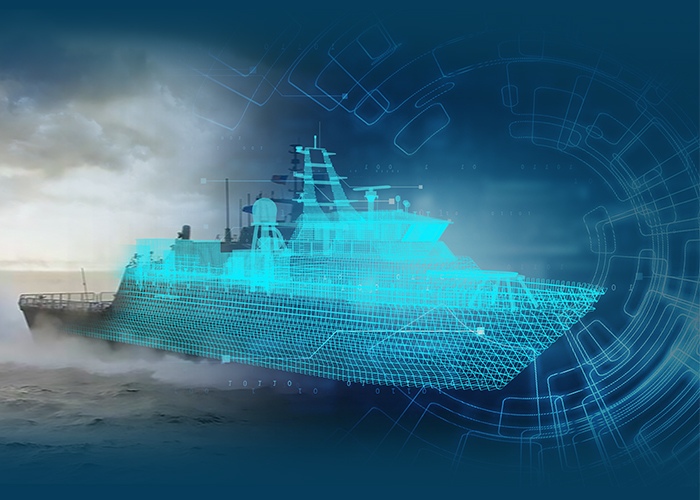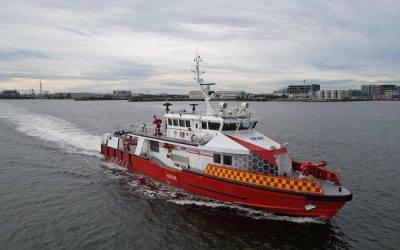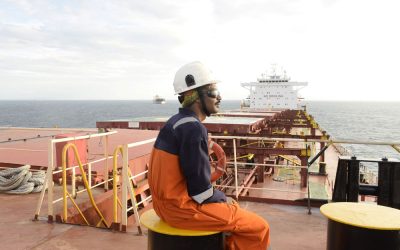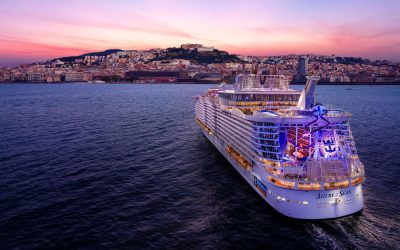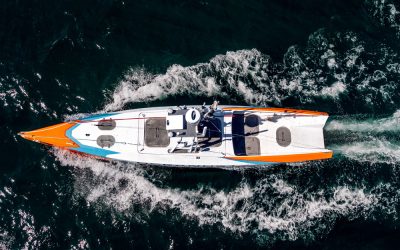The digital era is ushering in a new phase of technological advancements that will revolutionize maritime defence. Extended reality (XR), artificial intelligence (AI), secure connectivity, and data collection are just a few of the solutions that the Royal Navy can leverage to enhance operations, maintenance, navigation, and mission management.
This pivotal moment for the future of maritime defence was emphasized by Admiral Sir Ben Key, the First Sea Lord and Chief of the Navy Staff, during his address at the Sea Power Conference in London in May 2023. He stated, “If we are to be a credible navy for a sea power state, then we must be at the leading edge of developing and adopting new technology and innovations.”
The need for a larger fleet with technologically advanced capabilities was underscored in the UK’s Integrated Review of Security, Defence, Development, and Foreign Policy in 2021. An update in 2023 confirmed the urgency of creating a fleet equipped with more ships and new technologies to maintain the freedom of the seas, particularly in the Euro-Atlantic theatre. Consequently, the Royal Navy is poised to expand its fleet to include over 24 frigates and destroyers by the early 2030s.
A combination of uncrewed surface and underwater vessels that can be connected to various Royal Navy platforms are being tested to support a range of functions such as mine hunting, cargo transportation in dangerous environments, intelligence, surveillance, and reconnaissance missions. Immersive technologies like XR play a critical role in enhancing situational awareness for naval personnel.
By overlaying vital information onto their field of view, XR provides augmented data, including navigational data, radar information, and target tracking. This empowers sailors to make informed decisions swiftly and accurately, whether they are operating crewed or uncrewed vessels.
Monitoring Uncrewed Vessel Performance
An important aspect of XR’s application in naval operations is its role in supporting uncrewed vessels. XR, paired with anomaly detection and remote support technologies, allow for the support and monitoring of ship functions and proactively troubleshooting any issues before conventional monitoring systems can detect them.
Detailed data on anomalies can be captured, expediting repairs, improving planning, and reducing lead times. Detecting and addressing potential equipment failures requires strong AI algorithms that can learn in place while providing visibility to support teams via XR technologies, especially with future uncrewed vessels.
By analysing vast amounts of sensor data, AI systems can identify patterns and anomalies, alerting remote technicians to potential issues and facilitating timely interventions. This proactive maintenance approach enhances operational readiness and minimizes the risk of unexpected breakdowns.
XR for Operations Training
The Royal Navy is already investing in modern technology, such as virtual reality (VR) simulations, to train sailors in navigating and manoeuvring ships. Through initiatives like Project Selborne, sailors can don VR headsets and enter a simulation that replicates a ship’s bridge, offering realistic and interactive training scenarios.
The software recreates entire fleets, harbours, global waterways, and challenging weather conditions with life-like precision. From sailing individually or with an auxiliary from one port to another, to managing complex activities like replenishment at sea, sailors gain hands-on experience and enhance their decision-making skills and response capabilities through AI-powered simulations. These simulations are currently taking place on the HMS Collingwood, the Royal Navy’s Maritime Warfare School in Fareham, England.
XR provides realistic and interactive training scenarios, even when technicians are at sea, allowing them to gain hands-on experience in various operational contexts. Additionally, AI-powered simulations can replicate complex scenarios, enabling sailors to enhance their decision-making skills and response capabilities.
One significant advantage of immersive technologies like XR is that technicians no longer need to be experts in a single piece of equipment. Equipped with XR technology such as FM OnBoard, a remote collaboration tool developed by Fairbanks Morse Defense, skilled technicians become proficient at maintaining and repairing any equipment by accessing all the necessary information through their headsets. They can also collaborate with remote experts in real time, sharing images and receiving drawings, processes, and other critical information to aid in troubleshooting and repairs.
Mixed reality also offers flexible training opportunities, allowing technicians to participate in training from anywhere in the world at any time. Engineers can design the training modules early in the program development process, ensuring complete and updated training materials are available throughout the entire life cycle of an asset – from its initial design stages to its end-of-life. The training can also be updated or modified based on the specific equipment and user needs.
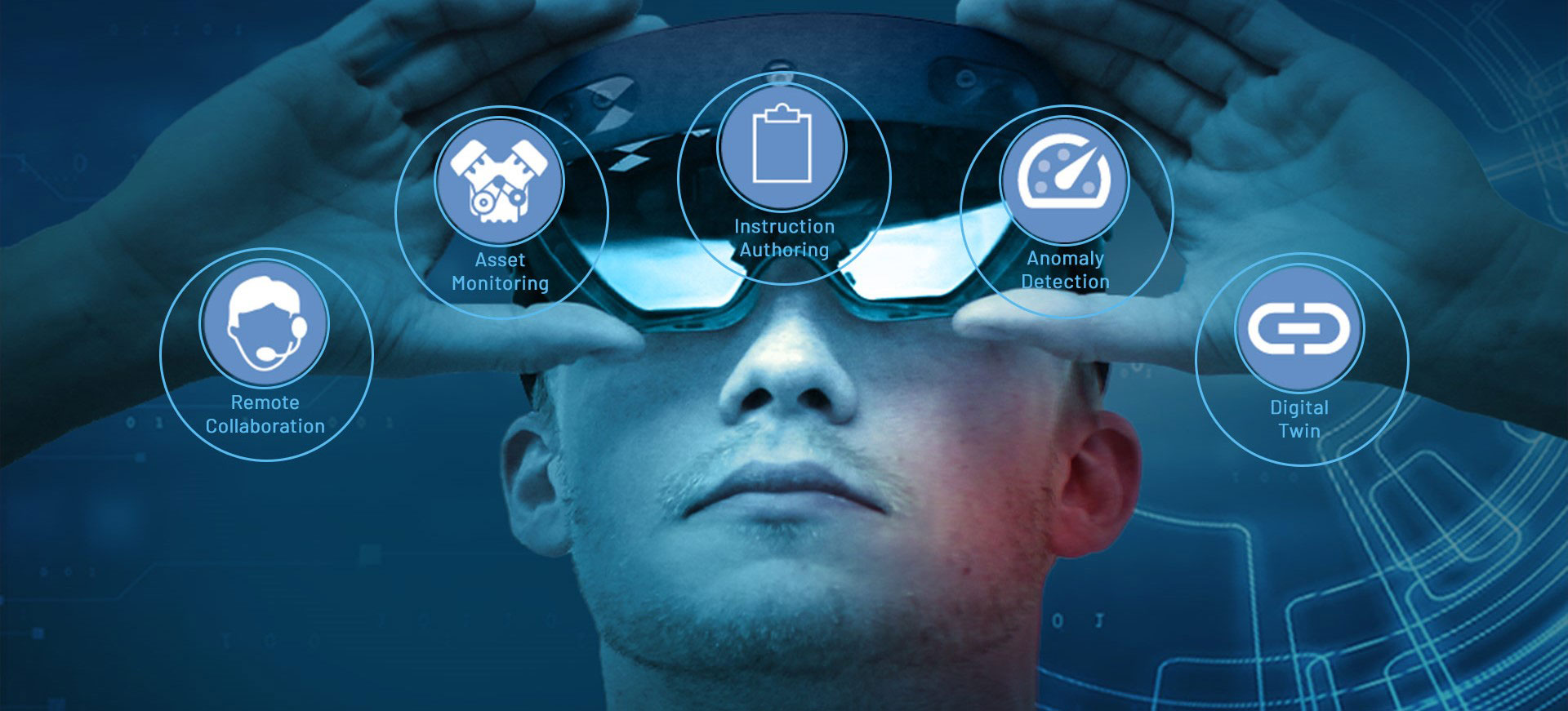 Empowering Crewed Vessels
Empowering Crewed Vessels
In addition to supporting uncrewed vessels and training, XR and the Internet of Things (IoT) offer valuable capabilities for crewed vessels. By providing access to system data in a shared virtual space, XR and IoT enable efficient resource utilization, training opportunities, troubleshooting capabilities, and streamlined repairs anywhere in the world.
As with uncrewed vessels, the 360-degree situational awareness provided by XR facilitates real-time anomaly detection and troubleshooting. This technology also reduces costs associated with technician travel and mitigates losses due to operational downtime. Combining XR and AI facilitates seamless remote collaboration between sailors, technicians, and experts located anywhere in the world.
Live video feeds, shared virtual spaces, and real-time data sharing enable naval personnel to receive immediate guidance and support from domain experts, regardless of their physical location. However, as the adoption of immersive reality and AI technologies advance, it is crucial to prioritize security and compatibility.
Stringent cybersecurity measures must be implemented to protect sensitive data and ensure the integrity of naval systems. Additionally, interoperability and compatibility between different immersive reality and AI solutions are essential to enable seamless integration within naval fleets. In this rapidly evolving landscape, the adoption of innovative solutions throughout the fleet is imperative, as the UK’s adversaries are also embracing advanced technologies to gain an edge.
Technological innovation now plays a critical role in strategy and operations, transforming the nature of warfare. This pivotal moment in maritime defence presents an opportunity to unlock a new future through the utilization of XR. By harnessing the power of XR, AI, and secure connectivity, the Royal Navy can maintain its position at the forefront of technological advancements, ensuring the security and effectiveness of its future fleets.
